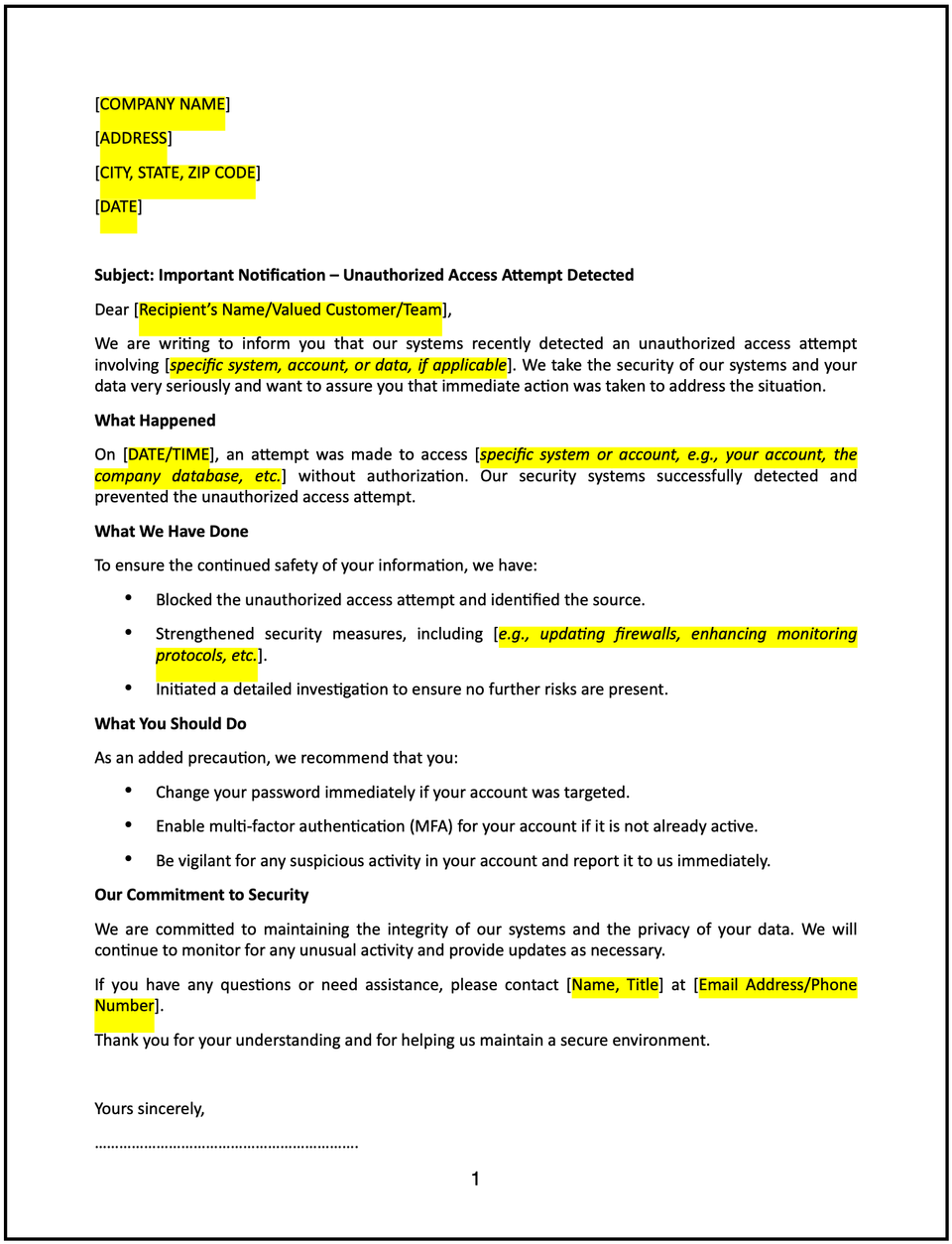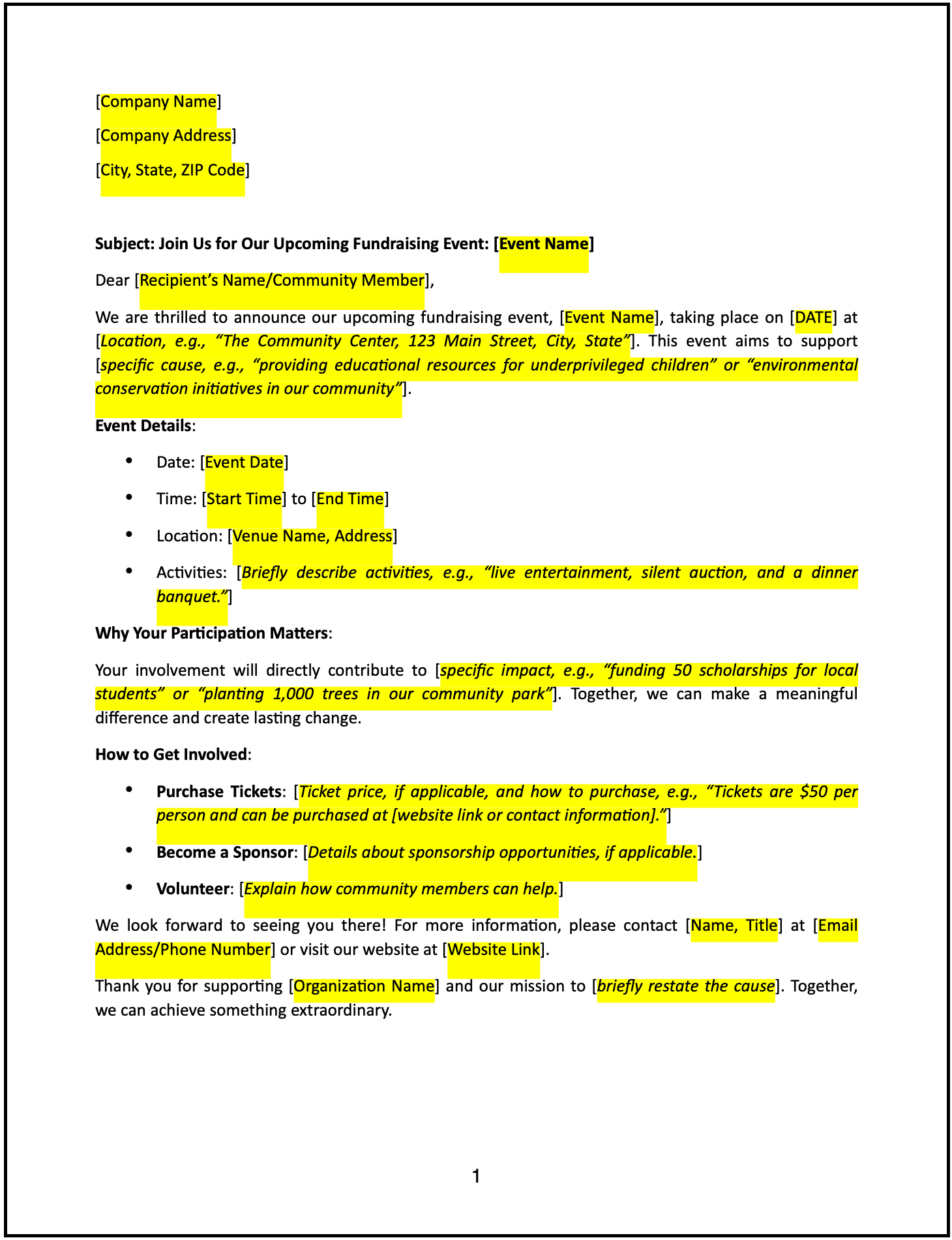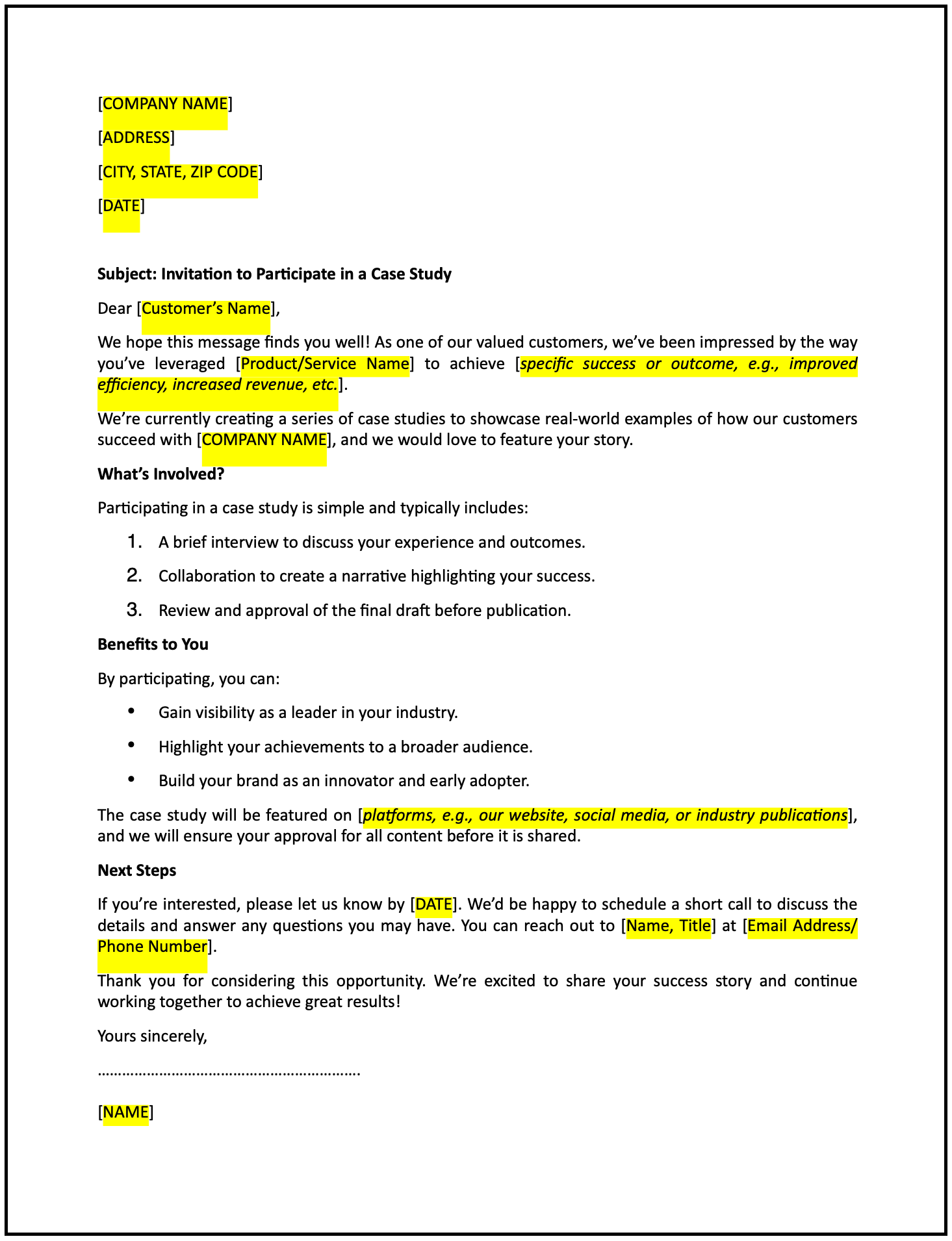Letter of unauthorized access attempt: Free template

Letter of unauthorized access attempt
A notification letter of unauthorized access attempt is a formal communication used to inform stakeholders, employees, or customers about a security breach attempt that was detected and successfully blocked. This letter emphasizes the actions taken to protect sensitive information, provides reassurance, and outlines any recommended steps for stakeholders to enhance their security.
How to use this letter of unauthorized access attempt
- Open with an introduction: Address the recipients respectfully and state the purpose of the letter—to inform them of a recent unauthorized access attempt.
- Provide context: Briefly explain the nature of the attempt, such as when it occurred, how it was detected, and the systems or data targeted.
- Confirm security measures: Reassure recipients that the attempt was blocked and no unauthorized access was achieved.
- Outline actions taken: Highlight the steps implemented to mitigate the incident and strengthen security protocols.
- Reassure stakeholders: Emphasize the organization’s commitment to safeguarding data and maintaining robust security measures.
- Include guidance: Offer actionable advice, such as updating passwords, enabling multi-factor authentication, or monitoring accounts for suspicious activity.
- Maintain a professional tone: Ensure the letter is clear, respectful, and focused on fostering trust.
- Provide contact information: Include details for recipients to reach out with questions or concerns.
Benefits of using a letter of unauthorized access attempt
This letter ensures a structured and professional way to communicate security incidents while maintaining transparency and trust. Here’s how it helps:
- Promotes transparency: Open communication demonstrates accountability and reduces uncertainty.
- Reflects professionalism: A well-crafted letter shows attentiveness and commitment to security.
- Builds trust: Reassuring recipients of blocked threats demonstrates effective security measures.
- Encourages engagement: Providing guidance fosters proactive collaboration in maintaining security.
- Mitigates reputational risk: Proactively addressing threats enhances confidence in the organization’s security posture.
Tips for writing an effective letter of unauthorized access attempt
- Be specific: Clearly describe the nature of the attempt, the targeted systems, and the actions taken to block it.
- Use professional language: Maintain a respectful and transparent tone to build trust and confidence.
- Provide context: Briefly explain the measures in place that successfully mitigated the incident.
- Highlight next steps: Share actionable advice for recipients to enhance their own security practices.
- Keep it concise: Focus on the key points while ensuring the tone is professional and reassuring.
Frequently asked questions (FAQs)
Q: What details should I include in this letter?
A: Include the date and nature of the attempt, systems targeted, actions taken, and guidance for stakeholders.
Q: Should I personalize the letter?
A: Yes, addressing recipients directly ensures clarity and demonstrates attentiveness.
Q: Who typically sends this letter?
A: IT managers, cybersecurity teams, or organizational leadership typically send this letter.
Q: How formal should this letter be?
A: The tone should be professional yet empathetic, focusing on transparency and resolution.
Q: When should this letter be sent?
A: Send the letter promptly after confirming the attempt has been blocked to minimize uncertainty.
Q: Can this letter include additional security recommendations?
A: Yes, suggesting proactive steps such as updating passwords or enabling multi-factor authentication is encouraged.
Q: Is acknowledgment from recipients required?
A: While not mandatory, requesting acknowledgment ensures recipients are aware of the incident and any recommended actions.
This article contains general legal information and does not contain legal advice. Cobrief is not a law firm or a substitute for an attorney or law firm. The law is complex and changes often. For legal advice, please ask a lawyer.


